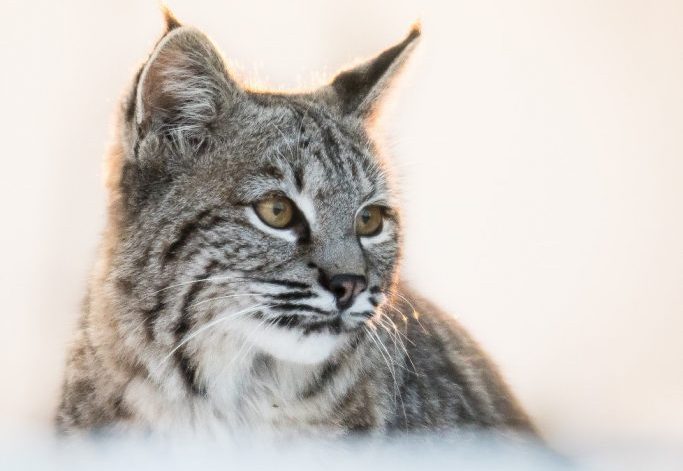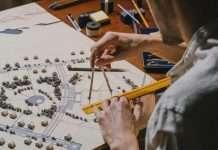by Lisa Dahlseide B.Sc.
With a bobbed tail, Bobcats are small compared to other wild cats. They weigh in around 20lbs. Their front striped legs meet large webbed paws. Whiskers cross a black barred snout with signature black ear tufts. They are strict carnivores hunting small mammals, insects and birds. Little evidence suggests they eat substantial amounts of domestic pets.
If you do not want Bobcats around your property, eliminate shelter options. Areas under your deck or shed provide a good hiding place for Bobcats and prey, remove access to the attractive accommodation. Brush or piles of rubbish encourage small mammal presence inviting predators in for a meal. Feed your pets indoors and remove bird feeders. However, some welcome the guests.
Bobcats are crepuscular, meaning active at twilight. This behaviour changes seasonally with prey activity increasing in colder months to the day. In urban environments Bobcats often lean towards a nocturnal lifestyle to avoid human interaction.
Bobcats have an average territory ranging up to 5 km2. Territorial size fluctuates among individuals depending on prey abundance, mates and denning habitat. Home ranges are also influenced by population densities with smaller territories where there are more Bobcats.
Given their wide range and localized healthy populations, they are not endangered, however they are extirpated, or locally extinct, in many areas across North America. Trapping has led to their disappearance. Here in Alberta, it is prohibited to rehabilitate orphaned or injured bobcats, Fish and Wildlife leave orphaned kittens to starve to death allowing “nature to take its course” with the mother-dependent milk-drinking mammals rarely orphaned from natural circumstances. Bobcats are successfully rehabilitated and released in other jurisdictions.
We are so fortunate to share our community with Bobcats. They have chosen to coexist with us. Bobcats benefit our urban environment bringing balance to our partially paved ecosystem.
Lisa Dahlseide is a Conservation Biologist living in Bowness whose focus is on Wildlife Biology. She volunteers at the Cochrane Ecological Institute as the Director of Education teaching about the importance of Wildlife Rehabilitation and Release and she works for the Weaselhead/Glenmore Park Preservation Society teaching environmental education programs and monitoring the impacts of the SW Calgary Ring Road on wildlife and water.










